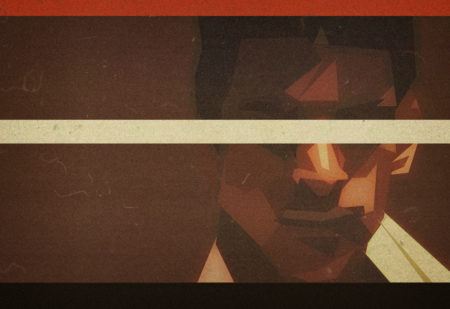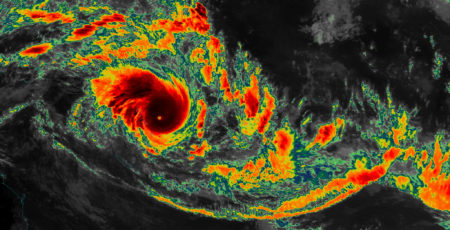
This article was originally published by the German institute for International and Security Affairs (SWP) in August 2016.
In June 2016, the United Nations High Commissioner for Refugees (UNHCR) presented his latest annual report on the situation of refugees and displaced persons around the world. Once again, this account documents new record levels in refugee numbers, both in industrialised and in developing countries. For governments and aid organisations, these statistics constitute an important basis for addressing displacement-related challenges in a more effective manner. However, the data provided by UNHCR is often incomplete and marked by a number of shortcomings. Increasingly high expectations are being placed on development cooperation in terms of tackling the root causes of forced displacement. Meeting these expectations requires reliable data.
Refugee crises can only be adequately addressed on the basis of comprehensive and reliable data. Displaced persons must be able to register as refugees in order to receive access to international protection and the related legal rights and aid. Host countries and communities depend on data pertaining to current displacement situations in order to plan the required services and provide the necessary administrative, personnel and material resources. The credibility of international aid organisations’ appeals for donations also rely on substantiated information about displacement situations.




